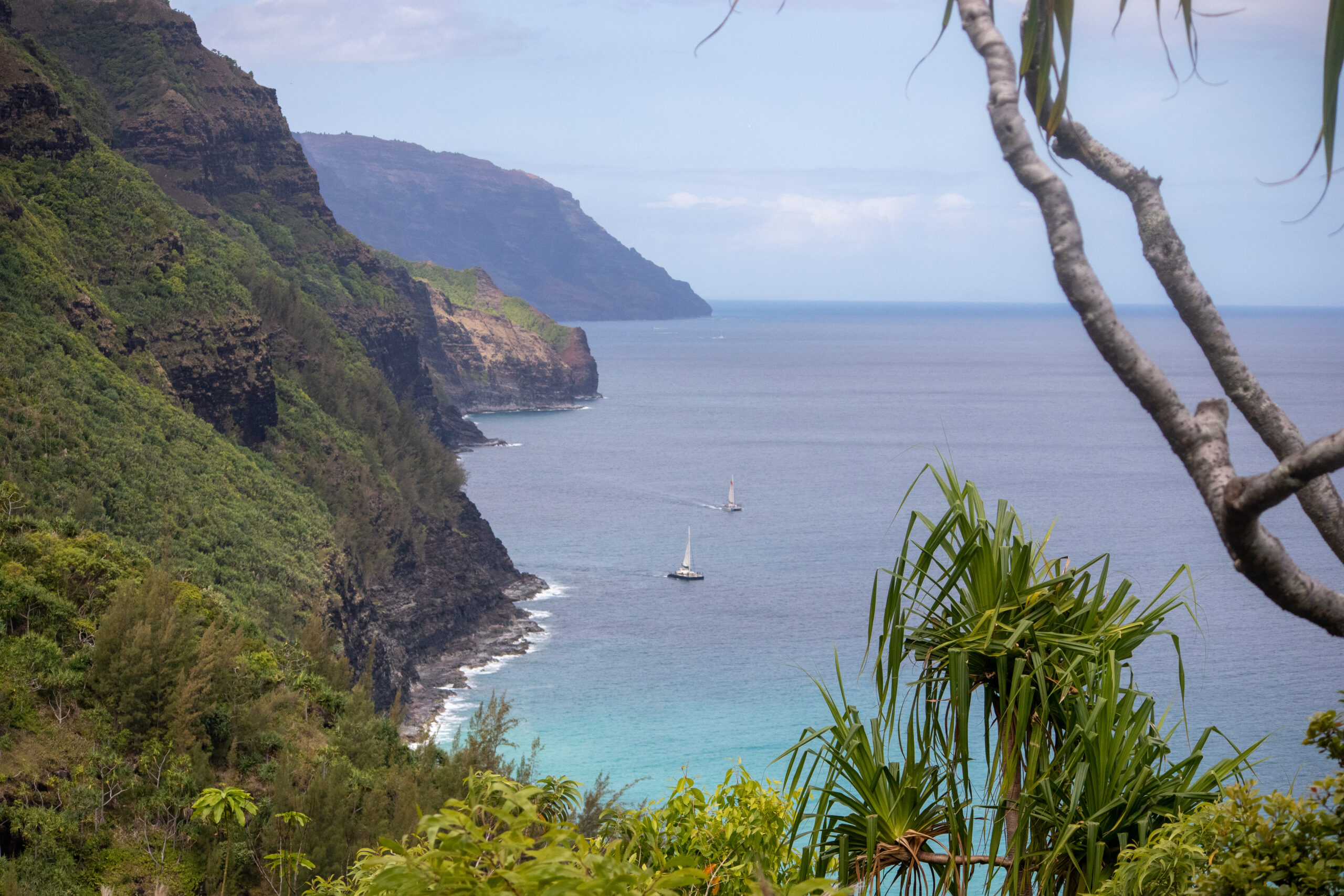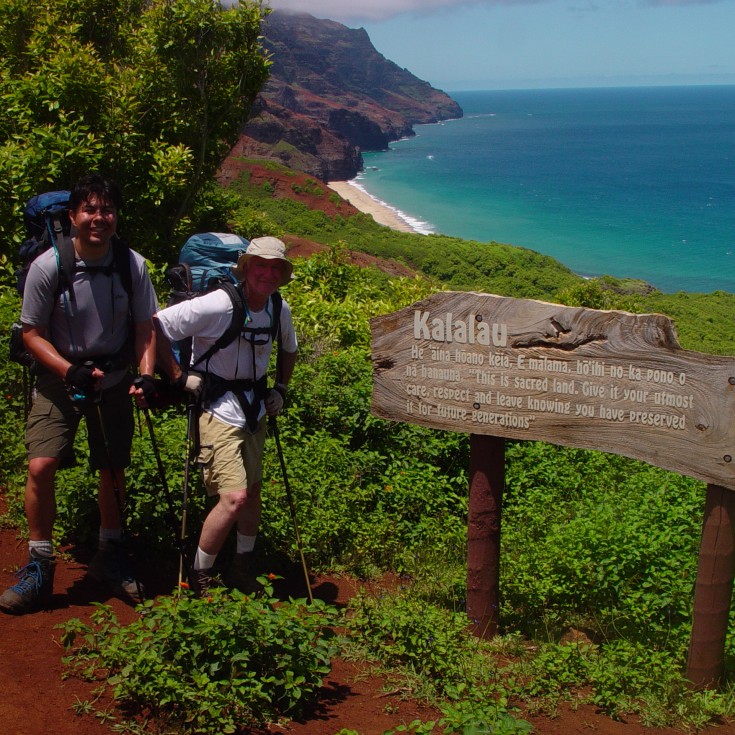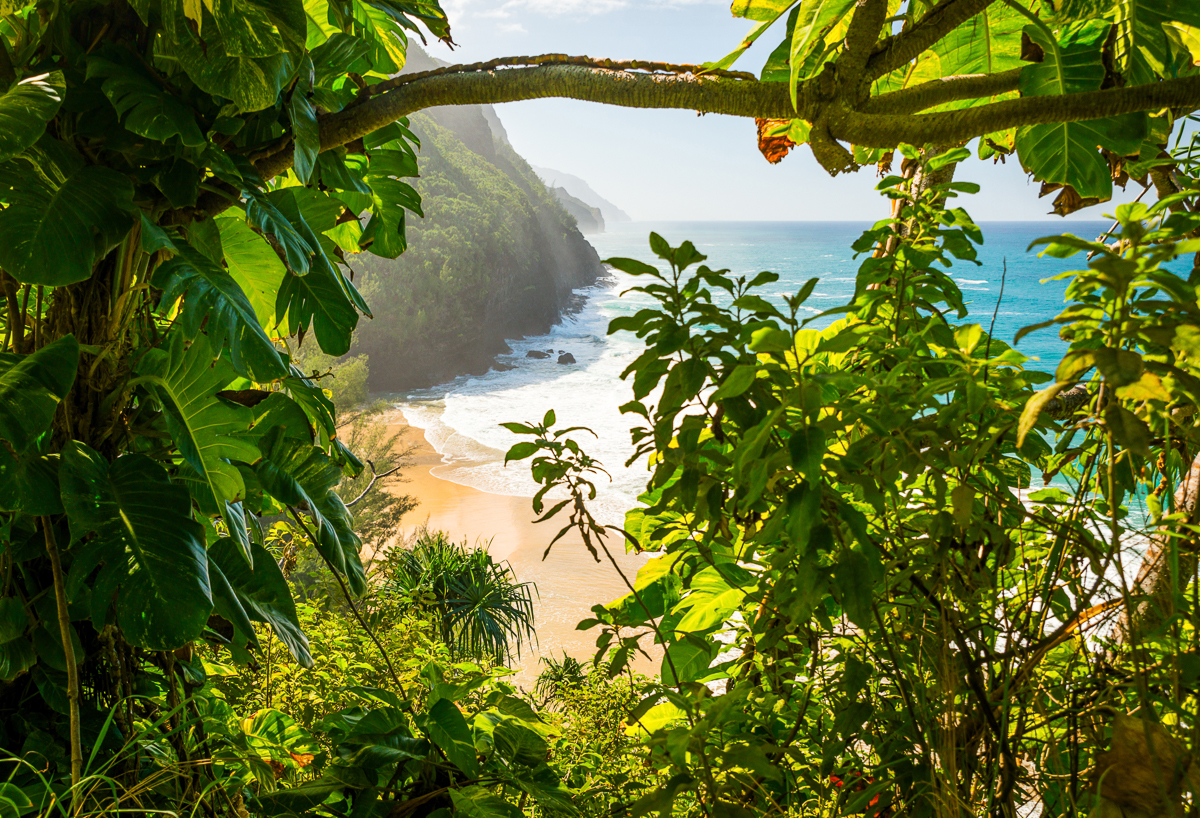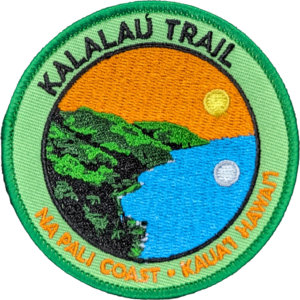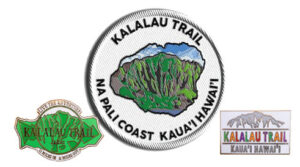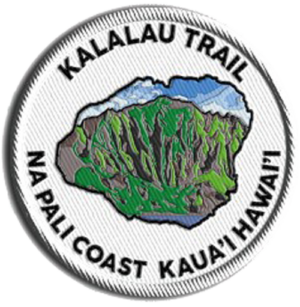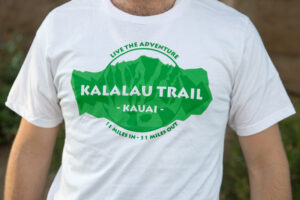Hawaii’s Department of Land and Natural Resources recently sent out the following press release:
HA‘ENA, KAUA‘I — After several years of research, community meetings, and previous attempts to develop a master plan for the park, the Division of State Parks of the Department of Land and Natural Resources has completed a master plan and draft Environmental Impact Statement (DEIS) for Ha‘ena State Park.
Together with a 32-member community advisory committee, a team of consultants, State Parks and its contractor PBR HAWAII, refined a previous version of the master plan drafted in 2001 with a renewed emphasis on the cultural and historical significance of Ha‘ena as well as solutions to the natural hazards, traffic and parking congestion.
The DEIS was published in today’s edition of the OEQC bulletin for a 45 day public review and comment period which ends on Sept. 8, 2015. The document can be found on OEQC’s website at http://oeqc.doh.hawaii.gov/Shared%20Documents/Environmental_Notice/current_issue.pdf
One recommendation in the revised master plan is to limit the number of people who enter the park to 900 a day. This suggestion came out of a number of meetings with the master plan advisory committee, a 32-member committee that was formed to help develop the plan.
That number includes hikers on the Kalalau Trail, but not overnight campers with valid permits, and may be adjusted over time. The plan envisions an educational and cultural center which will become the point of entry. An interpretive path will provide access to Ke‘e Beach along an elevated boardwalk and located makai of the current highway and is designed to take people out of a rockfall hazard zone.
Ha‘ena, the storied place at the far northwestern corner of Kaua‘i’s North Shore, is also home to one of the State of Hawai‘i’s busiest state parks, Ha‘ena State Park. Roughly 65.7 acres in area, the park contains significant cultural and ecological resources, as well as the trailhead to Kalalau Trail and the Nâpali Coast State Wilderness Park. Its beaches, sheltered lagoon, and scenic resources make it a popular visitor destination.
A recent rockfall hazard study identified a high-risk area along the highway which is the main visitor corridor to Ke‘e Beach. This mix of resources and the potential conflicts and safety hazards give rise to the need to develop a conscientious and comprehensive master plan in order to balance conservation, recreation, cultural integrity, and public safety.
What do you think about a plan to limit entry to the park to 900 people a day?



